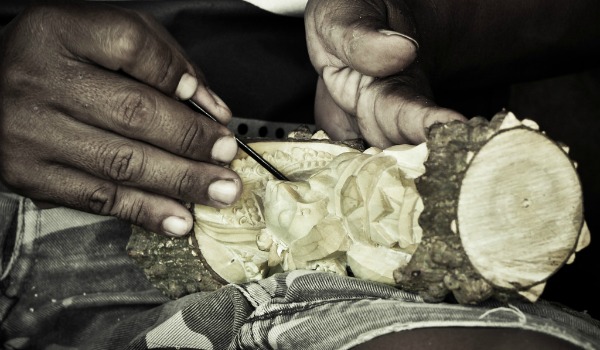The Art of Character Development
A piece of granite. A lump of clay. A blank canvas. These are the raw materials of art. Visual and tactile, the artist must lay his hands on his material to reveal the image trapped inside.
By contrast, the novelist’s material is not the blank page, nor is it the keyboard on which he writes or the words he strings into sentences. The novelist’s block of granite is the circumstance in which his characters are trapped, and his job is to reveal how various characters deal with the conflicts they face. As the novelist chisels away, each character emerges from the circumstances that surround her, shaped — as we all are — by life experiences.
So just as every sculpture must start with a block of wood or stone, every novel must start with a conflict in which characters have to make choices consequential to themselves and the people they love. It’s not difficult to come up with believable conflicts. But what I find so intriguing about historical fiction is that I don’t have to imagine conflicts for my characters. All I have to do is put them in the path of the French Revolution or the Boer War or Watergate or Boston’s Great Molasses Flood (yes, it really happened) and watch. Characters reveal themselves when caught up in uncontrollable events much greater than themselves.
I throw my characters into the cauldron of politics, war or economic upheaval — and then I wait to discover what they will do. Often they don’t know what they’re going to do or how they will respond any more than I do. They’re as surprised as anyone by their bravery or self-sacrifice or cowardice. Perhaps that’s what it truly means to bring characters to life.
Photo: thegirlnamedkai/Flickr CC 2.0

